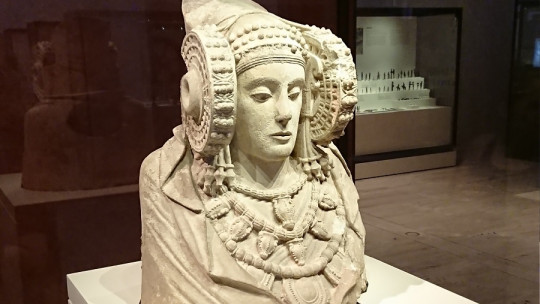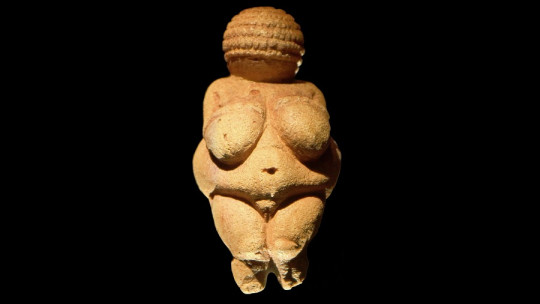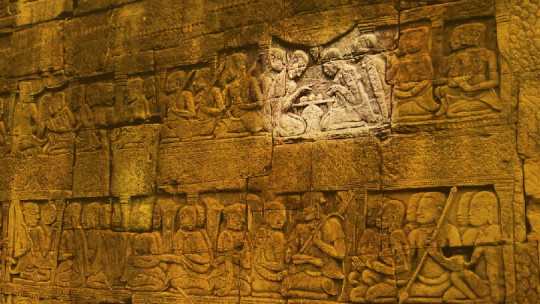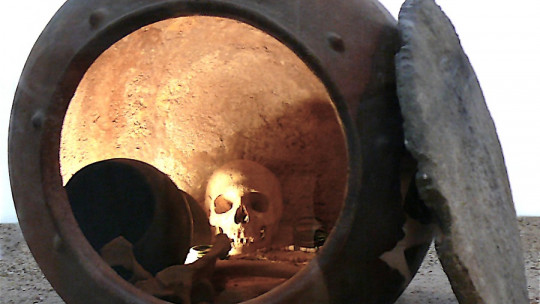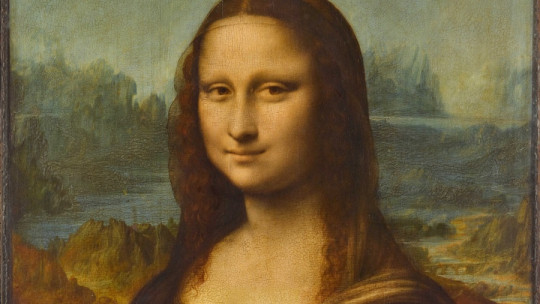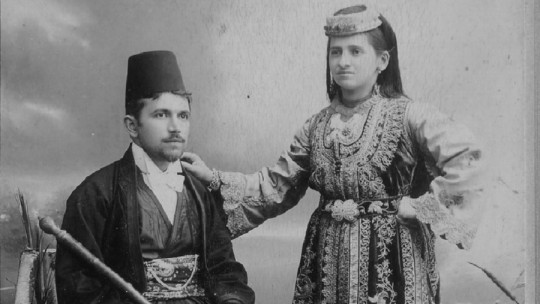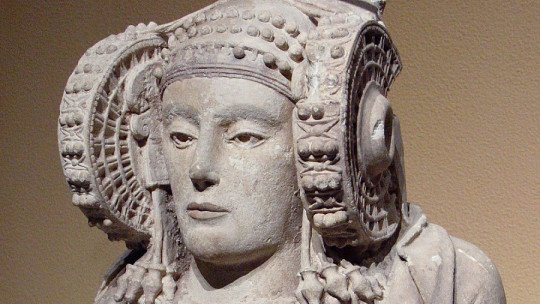
It has appeared in countless publications and is recognized internationally as the “most perfect” example of indigenous art from the Iberian Peninsula. It was coveted by the French, who placed it in a place of honor in the Louvre, long before the Lady of Elche returned to Spain. Historians have believed they saw in her a goddess, a priestess and a noble woman of flesh and blood…
What, in reality, is the Lady of Elche? Who is the mysterious woman hiding behind this masterpiece of Iberian art? Why is it perfectly finished at the front, while at the back it is only roughly finished and has a deep recess? Was she displaying herself against a wall? Was it a funeral urn…?
In this article we will try to unravel all the mysteries of this enigmatic lady, although, given the numerous theories about it, this enterprise still remains almost an impossible mission.
The Lady of Elche: characteristics of this Iberian masterpiece
We can see it in the National Archaeological Museum (MAN), located in Madrid; a silent witness of a more than enigmatic culture. And, despite the fact that the Iberian culture has left numerous traces in the Iberian Peninsula in the form of sculptures and various elements of daily use, it is still impossible for us today to decipher its mysterious language.
In the 1940s, the archaeologist Manuel Gómez-Moreno (1870-1970) managed to discover the phonetics of some letters of the Iberian alphabet; However, although we currently know how to pronounce them, we still do not know what the words that the ancient settlers of Hispania left on pieces of lead, ceramics or even coins mean.
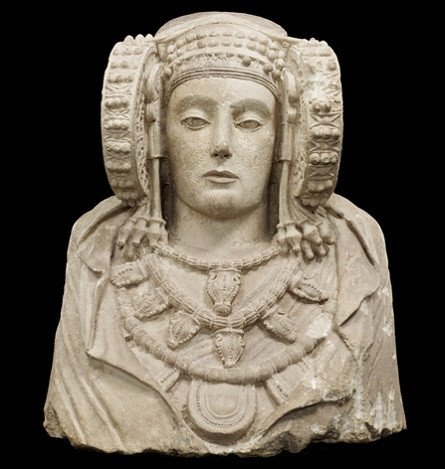
This way, the lady who looks at us with an almost haughty expression from her urn in the National Archaeological Museum remains a true enigma Is she a goddess? Her hieratic and majestic expression and her idealized face seem to attest to this. However, the outfit in which she is dressed refers more to a person of flesh and blood, perhaps an aristocratic woman of great importance in Iberian society. There has been no shortage of those who have considered the Lady of Elche a man; specifically, a representation of the god Apollo, as stated by Pedro Ibarra Ruiz in the article that he published in the newspaper La Correspondencia of Alicante regarding the discovery of the piece, on August 4, 1897.
The discovery of the “Moorish queen”
This is the nickname that the citizens of Elche gave him when the piece came to light, thus relating it to the Arab past of the peninsula. We have to keep in mind that, at the end of the 19th century, studies on Iberian culture were taking their first steps, and the rich cultural heritage that this civilization hid was still unknown.
In the summer of 1897, A group of farmers who were carrying out their tasks on a farm owned by Dr. Manuel Campello, in Alcudia de Elche, noticed that their tools ran into a hard object What was their surprise when, upon going deeper into the earth, they discovered the bust of a beautiful woman, dressed in strange clothing.
Coincidences of life, it turned out that Dr. Campello was a fan of the newly discovered Iberian culture, who already had other pieces from the period that had previously appeared on his estate. However, the quality of the Lady turned out to be so extraordinary that the news of the discovery spread like wildfire throughout Elche. It seems that Dr. Campello, to satisfy the curiosity of the inhabitants (who wanted to see the “Moorish queen”) displayed her on the balcony of her house, where she could be seen by everyone.
The Louvre had been searching for and capturing interesting pieces for its collection for years. When news of the discovery of the Lady reached France, the museum quickly sent archaeologist and Hispanist Pierre Paris (1859-1931) to Spain to try to obtain the piece. In those years, Spanish legislation regarding heritage was quite diffuse (if not practically non-existent), so Paris managed to take the Lady in exchange for 4,000 francs. The Louvre had ahead of the National Archaeological Museum, whose procedures were quite slow, and Campello’s family decided to sell the Lady to a sure buyer.
From 1904 to 1941 the sculpture presided over the Iberian art room of the Louvre Museum. It was not until the fall of France into the hands of the Nazis that the piece was able to return to Spain ; The collaborationist Vichy government reached an agreement with Franco to return the highly prized lady to her place of origin, as proof of “friendship.”
The Lady of Elche: A fake?
The Lady of Elche is a limestone bust of about 56 cm, dated between the 5th and 3rd centuries BC. However, not all experts believe in the authenticity of the piece. The North American Hispanist John Moffitt (1940-2008) defended until his death the theory that the Lady was a 19th century forgery, made precisely to “sneak” the piece into the Louvre Museum and get a good sum for it.
Among the arguments that Moffitt presented to affirm this was the fact that it was practically impossible that the Lady had been buried for more than two millennia just one meter deep in an area of orchards and that no one had found her before. Furthermore, according to the Hispanist, it is hardly credible that in an area of daily work and continuous irrigation the Lady suffered practically no damage.
In 2005, a research team led by María Pilar Luxán, from the Eduardo Torroja Institute of Construction Sciences of the CSIC, managed to date the pigments of the Lady’s polychrome; these They were dated between the end of the 5th century and the beginning of the 4th century BC which definitively ruled out the forgery theory.
Who was the Lady of Elche?
But, although Luxán’s team demonstrated that the Lady was an authentic Iberian piece, we still have no certainty about who she was or who she represents. There are various theories about it: a goddess, a priestess, or perhaps simply a noble woman with a certain status in the community. During the investigation of María Pilar Luxán In addition to the antiquity of the pigments, remains of calcium and phosphorus fragments were discovered that, according to the team, would belong to bone ashes, which would show that the Lady of Elche would have been a funerary urn. This would explain the strange hollowness of her back, which has caused rivers of ink to flow among historians.
Rafael Ramos Fernández (1942-2021), director of the Archaeological and History Museum of Elche and specialist in the Iberian culture of the town, in an article published in the Miguel de Cervantes Virtual Library (2006), defended the impossibility of the Lady It would have served as an urn for ashes. According to Dr. Ramos, the hole in the back of the sculpture lacks the necessary dimensions for this function, and he compared the 2,571 cm3 of the cavity of the Lady of Elche with the 9,316 cm3 of those of the Lady of Baza, another distinguished Iberian sculpture that is known to have belonged to a tomb and had a funerary use.
If the Lady of Elche is a funeral urn, we would be facing the representation of an “ideal”; a goddess or a priestess. On the other hand, if the sculpture did not serve as a receptacle for ashes, It could simply be the representation of a high-status woman within Iberian society To give greater mystery to the matter, the bust shows signs of mutilation in its lower part, as if, originally, the Lady had been a full-length sculpture.
Women in Iberian society
The clothing of the Lady of Elche is rich, varied and extraordinarily executed. Carmen María Ruiz Vivas (University of Granada), in her excellent study of Iberian women (see bibliography), details the three fundamental stages of the life of any woman in this society, based on the representations that have come down to us. First, we would have the “maiden” stage, in which girls and teenagers would go with their hair uncovered.
This would possibly be one of the indicators that the woman had not yet married. Later, during the second stage (and immediately after the nuptials), the Iberian woman would cover her hair with a type of cap. And, finally, the third stage would be that of maturity, which would coincide with a greater weight of women in society. In this last stage we would include the so-called “Ladies”, like the one in Elche, representations of women with a certain power in the community, veiled and with a profusion of jewelry.
The high status of the Iberian woman in her period of maturity links with the theory that the Lady of Elche may represent a priestess In a silver signet ring found in Santiago de la Espada (Jaén), you can see a woman with a rolled hairstyle very similar to the one worn by the Lady of Elche. For Ruiz Vivas, this is a possible testimony that a female priesthood did exist in Iberian culture, so we could not rule out that the Lady belonged to the priestly caste.
Until now, the identity of the Lady of Elche continues to resist. For the moment, we will have to settle for letting her imagination fly and delighting in the splendid beauty of her, which she looks at us from her urn in the Archaeological Museum of Madrid.

